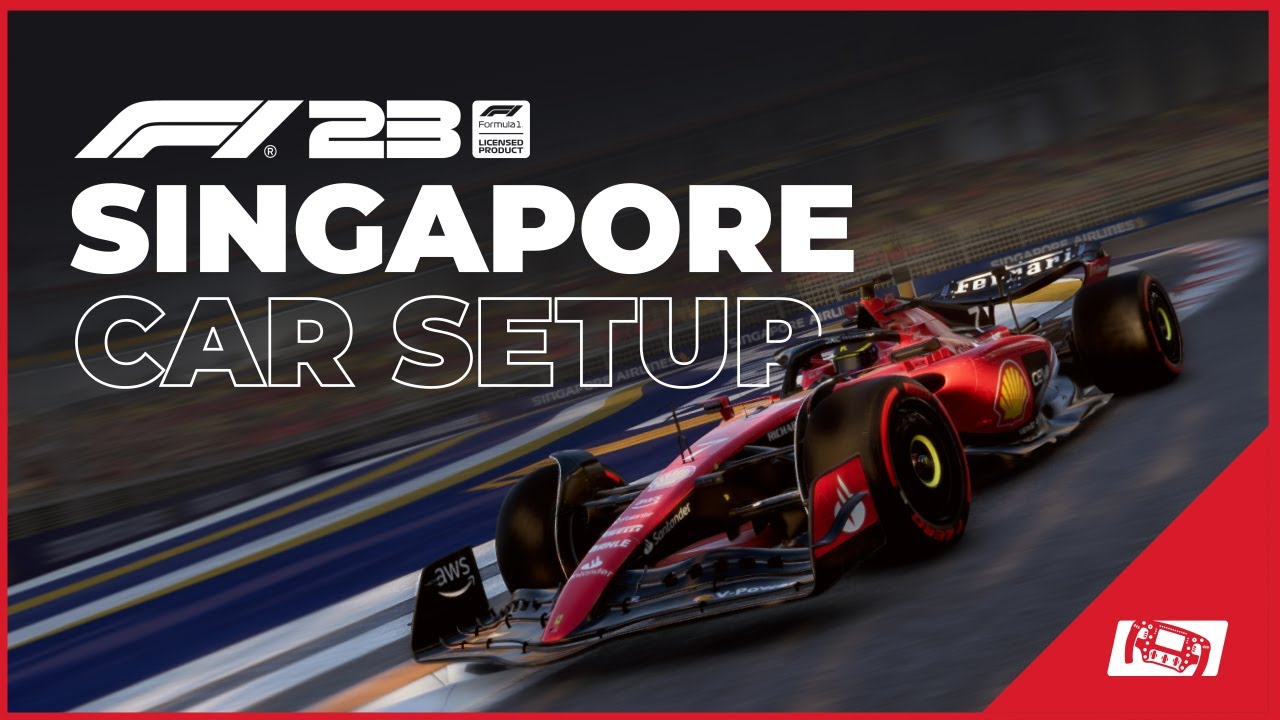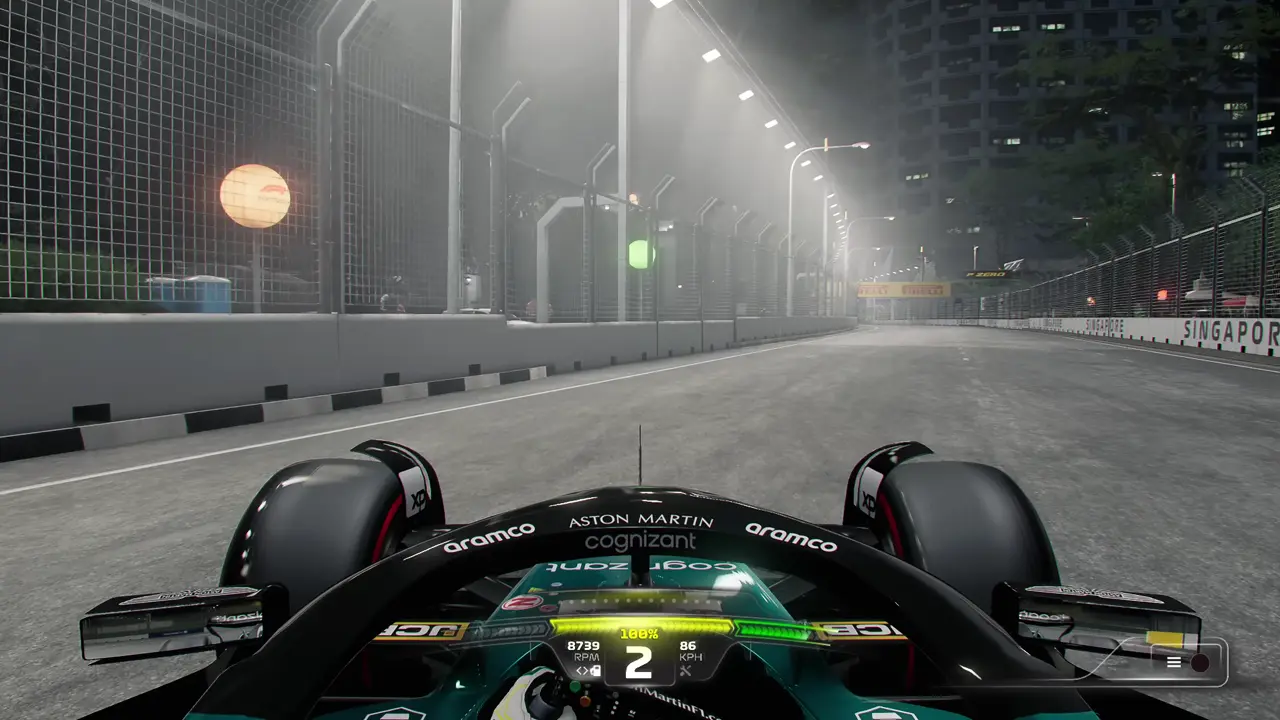Alright, let’s talk about getting a decent setup for Singapore in F1 23. Man, that track is a proper handful, isn’t it? I swear, I spent ages trying to get the car to behave there. Default setups? Forget about it. Felt like driving on ice, especially with those kerbs just waiting to launch you into a wall.
My First Few Disasters
So, I jumped into Time Trial, thinking, “How hard can it be?” Famous last words. My first few attempts were just a comedy of errors. I was spinning, locking up, understeering into next week. I tried a few setups I found online, but none of them really clicked for me. Some were too twitchy, others felt like driving a boat. It was frustrating, let me tell you. I probably restarted more laps than I finished.
Getting Down to Business: The Nitty-Gritty
I figured, okay, I gotta do this systematically. I started messing with the aerodynamics first. Singapore needs a good chunk of downforce, that much is obvious. So, I cranked up the wings, front and rear. Found a balance where it wasn’t too draggy on the short straights but still gave me grip in those endless slow corners.

Then, the suspension. This was a big one. Those kerbs in Singapore are brutal. I softened everything up quite a bit. The suspension itself, the anti-roll bars, even the ride height. I kept lowering it until it felt like it could take a beating over the kerbs without unsettling the car too much. It’s a fine line, though. Too soft and it gets all wallowy.
Next up, I tackled the transmission. The differential, specifically. On-throttle, I opened it up a fair bit to help with traction out of those slow, tight turns. Off-throttle, I played around until the car rotated nicely without snapping on me. This took a lot of back-and-forth, tiny adjustments here and there.
Brake pressure and bias were next. I actually lowered the pressure a touch from what I usually run, just to avoid those annoying lock-ups, especially into Turn 7 and the Marina Bay complex. Moved the bias a bit rearward too, to help the front end turn in, but not so much that the rear wanted to overtake the front every time I hit the pedal hard.
And finally, the tyre pressures. Oh, the tyres. Always a bit of a black art, these. I generally went for slightly lower pressures than on other tracks, trying to get a bigger contact patch and manage the overheating. You cook the rears so easily in Singapore. I spent a good while just doing short runs, checking temps, tweaking, and trying again. It’s a real pain, but you feel it when you get it closer to right.
- Started with higher wings.
- Softened up suspension geometry all around.
- Played with differential for better exits.
- Adjusted brake settings to prevent lock-ups.
- Fiddled with tyre pressures for grip and temperature.
Where I’ve Landed (For Now)
So, after all that faffing about, I’ve got something I’m reasonably happy with. It’s not perfect, I’m sure a pro could find a tenth here or there, but for me? It’s drivable. The car feels more predictable. I can actually attack the corners a bit now, use the kerbs without immediately facing the wrong way. It’s still a challenge, Singapore always will be, but it’s an enjoyable one now, not just a fight for survival.
The main thing is, the rear end feels more planted, especially on corner exit. I’m not just spinning the wheels ineffectually. And it seems to be reasonably kind on the tyres over a longer stint, which is a massive bonus around this circuit.
Look, this setup is what I’ve cobbled together through my own trial and error. It works for my driving style, which might be completely different from yours. But if you’re struggling with Singapore like I was, maybe some of these areas I focused on will give you a starting point. Don’t just copy settings blindly; understand what you’re changing and why. That’s how I eventually got somewhere. Give it a shot, tweak it, make it your own. That’s half the fun, right?





















